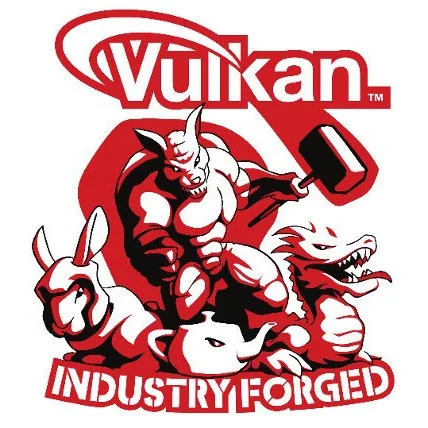The-Forge Rendering Framework Refactors Input, Adds Other New Features

After The-Forge 1.23 rolled out in February with a new cross-platform ray-tracing interface (including Linux/Vulkan support), they continued their rendering quest by releasing versions 1.24 and 1.25 so far this month.
The-Forge 1.24 debuted at the start of March with asynchronous resource loading, integrated micro profiling support, Vulkan fixes, and continued the work-in-progress Vulkan RTX support for ray-tracing.
Now with The-Forge's 1.25 release on Friday, there is a new descriptor memory management system, refactored input system, and other improvements.
Those interested in advanced cross-platform visuals using an open-source rendering framework, more details on these latest releases to The-Forge can be found via the project's GitHub.
Add A Comment

